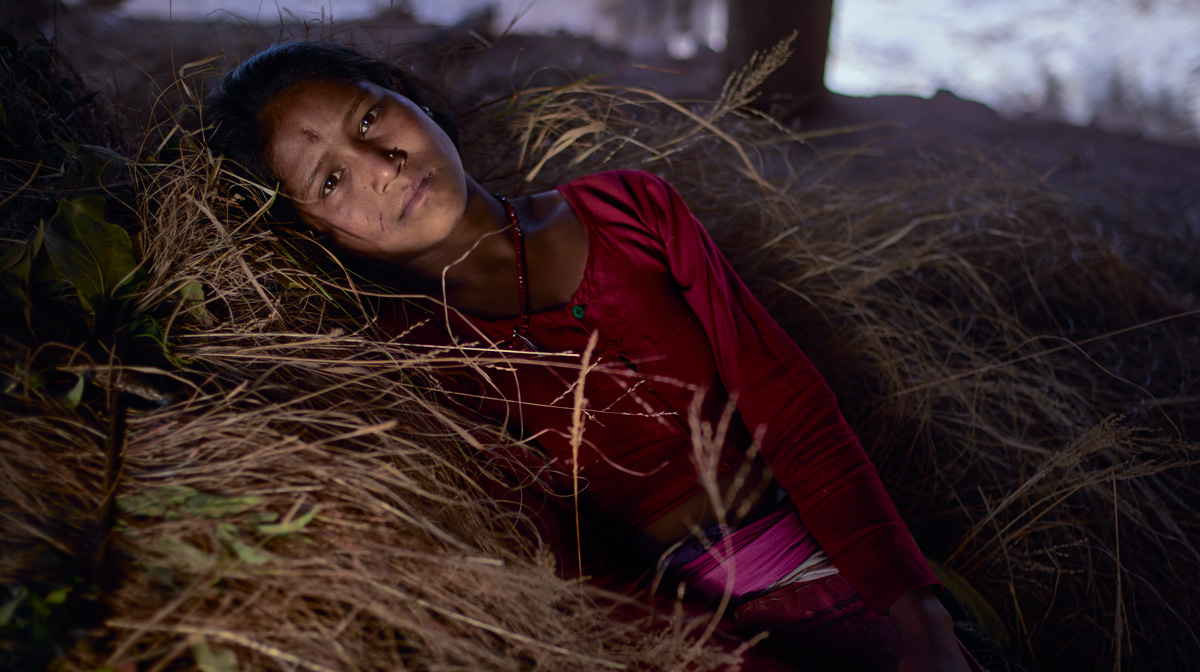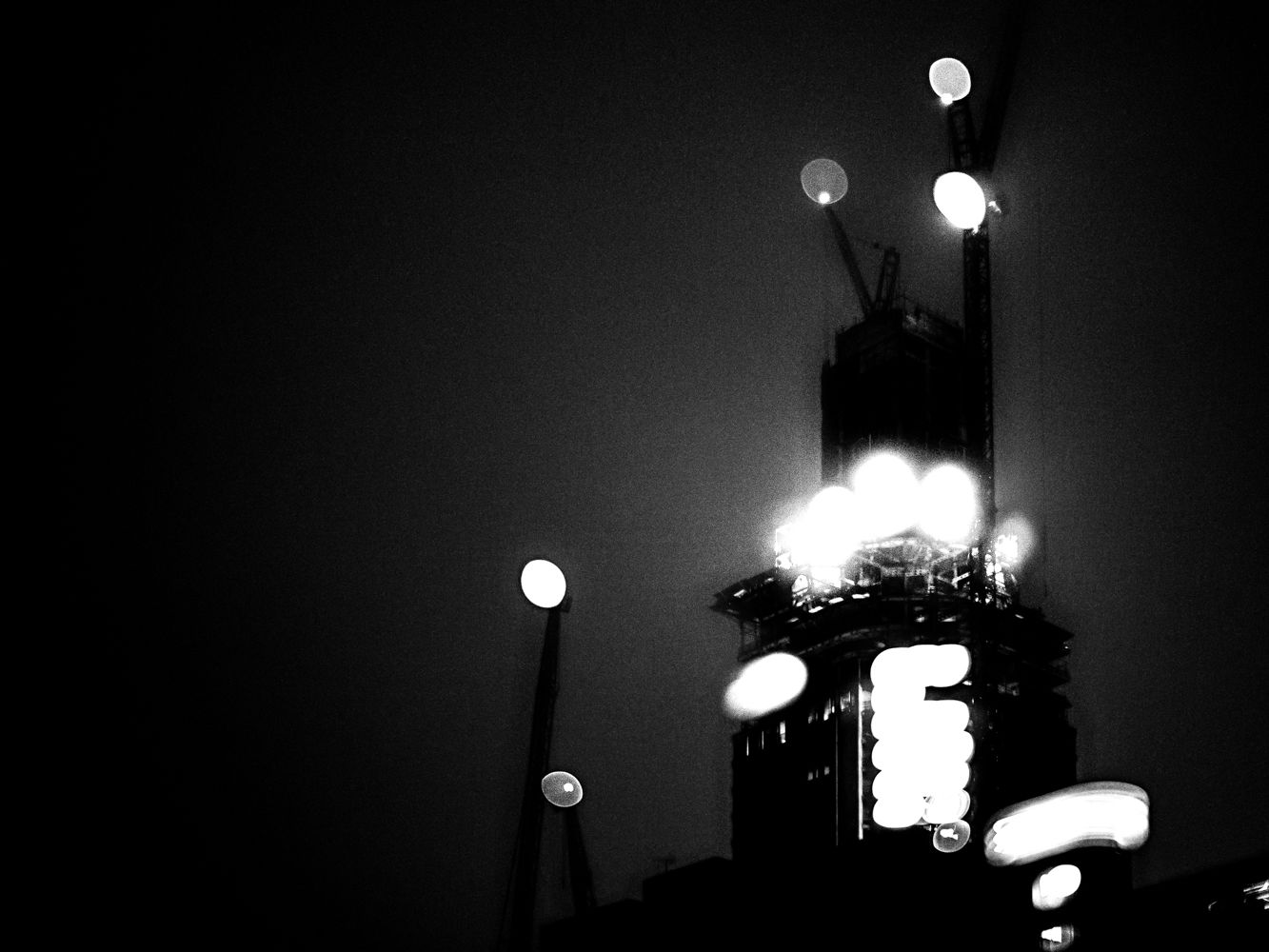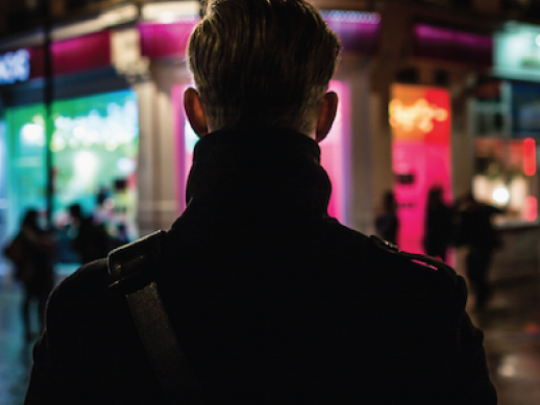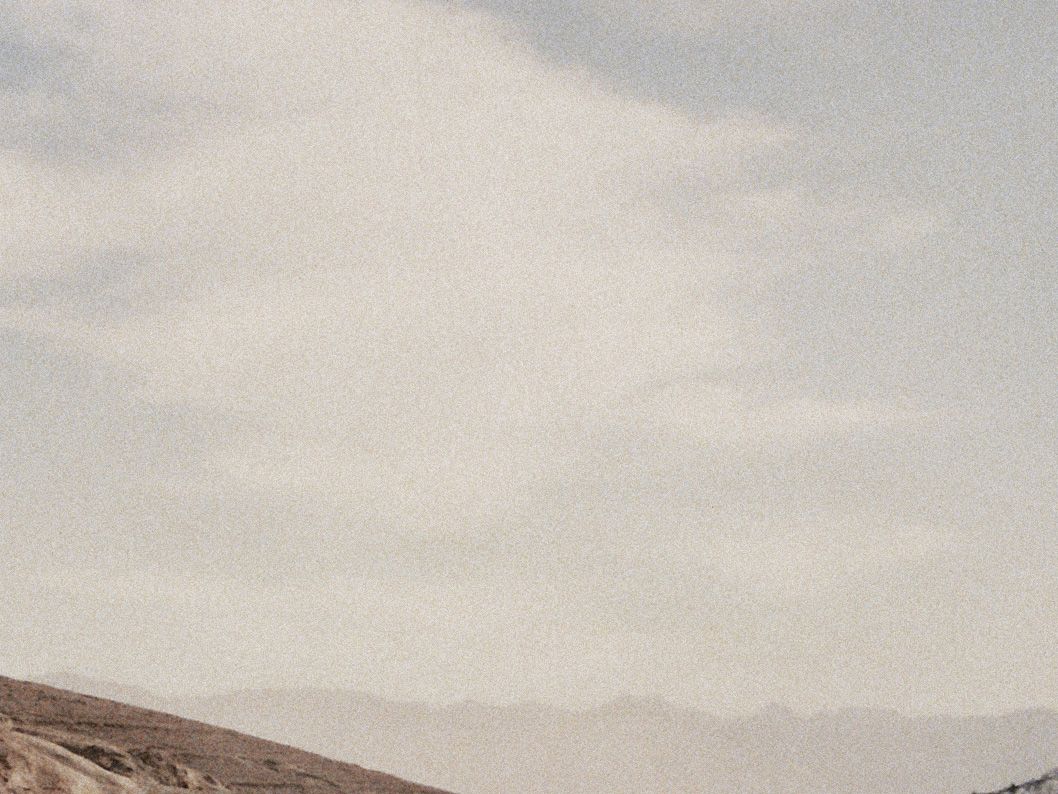Poulomi Basu, born and raised in Calcutta, is an Indian artist who uses photography to tell stories in a very particular way.
With an activist intention that fits the profile of Visible Justice, Poulomi is now collaborating with a group of UAL students to shape a new project focused on the knife crime scene in London. Together they created an exhibition in which students, artists and offenders work to put bring a light to the reality of knife crime in the London.
Under the self-definition of ‘storyteller’, Poulomi describes herself as a person who visits places with the main intention of telling their stories in multiple forms. Although she tells most of those stories from behind a camera, she doesn’t seem too keen on being called a ‘photographer’. “The term photography has become really vast today”, she explains. A certain emotion takes over her tone of voice, as she sits in front of us and explains what kind of an artist she casts herself as. The answer is straightforward, without hesitation she states: “I call myself a transmedia artist”. While Poulomi explains her understanding of photography, her reasons for dedicating her life to it become clear: she has an understanding about it that can only be achieved through time, experimentation and commitment. Among her work is Ritual of Exile, a long-term project exploring the practice of banishing menstruating women and girls from their homes in Nepal.
“I use photography in an expanded form,” she says. “Expanded photography represents the idea that photography is elastic, that it doesn’t begin and end with a photograph, that there are different ways a story can be told, provided different context, and that different forms of photography can be ‘expanded’”. She compares various audio-visual disciplines to clarify her point: “The same story could be told in video, or in VR, or in augmented reality. Same, one single photograph can be used in different ways to expand the type of story you’re trying to tell”. It is, in fact, exciting to hear her speak about an abstract project, her description quickly creates expectations of the upcoming result.
This Visible Justice project focuses on the problem of knife crime inLondon as an issue of general sociocultural impact, since “London is an immigrant city, it is not a British city as such, London is a melting point for all of us.”. In addition, she mentions the stereotypes and understandings of the Western world from an Oriental perspective: “London is a city that we would otherwise think is so safe. To know that it’s unsafe kind of breaks your stereotypes of how the Westerns world is perceived. We all think that it’s a safe place for people, but we have problems here just like we have problems in the majority of the world”. With this statement, Poulomi reveals in a totally natural way her cultural background, reflecting not only her perspective but the point of view of the second largest immigration group in London: According to UN data, people originally from India represent 9.56% of the total population of the city.
Beyond the misconceptions about security in the English capital (or precisely because of them), the main aim of the Visible Justice intervention is to break stereotypes and improve the visibility of the problem in areas people can relate to: “we decided to target the borough of Westminster because it is quite a privileged borough, right in the heart of London, and it’s not the kind of place you associate with having the highest amount of crime stabbing”, Poloumi added. By setting a focus on the area of Pimlico, the study achieves a sociocultural variety that couldn’t be found in any other area of London, thus avoiding presenting the so-typical story of a marginal neighbourhood with elevated crime rates: “it is the right area to talk about as it has the right balance of people coming from different classes, rather than focusing on a specific borough in the east or in the deep south, where you would fall into stereotypes”.
“The most important thing while telling stories is to have a connection with the people you’re telling the story to and with those collaborating with you in the work.” – Poulomi Basu
In her search for a distinctive feature, Poulomi shares the ‘secret formula’ to turn a story into a different piece. The key behind the originality of the stories, rather than being based on a secret, is based on a relationship matter: “the most important thing while telling stories is to have a connection with the people you’re telling the story to and with those collaborating with you in the work”. She talks about finding that key relationship to make the story unique: “the greater the relationship with the subject or the participant, the more special your story will be”. And, although knife crime is an issue that has already been widely spoken about in London, Poulomi doesn’t understand originality as an essential factor. Instead, she aims to talk about topics that haven been already reported but from a different perspective: “What can you bring to the table that is different from what has been brought in before?”
In this particular case, the way Poulomi feels bounded to history relies on both racial and professional reasons: on the one hand, she explains how as a female photographer, she’s been to places that are risky and has found herself in positions where she’s felt that she was at threat. On the other hand, the artist states that the majority of the stabbing takes place within the black community and claims that “as a woman of colour, I empathise and I understand how certain parts of the population can feel undermined compared to the other privileged people”. It Is this connection that, based on her explanation of the process, has the potential to be reflected in her content in order to give it a unique character.
Meanwhile, the objective part of the project continues to grow in a specific direction and moves towards a visual representation of time and the risks it represents within the knife crime problem: “We are using time as a dangerous element of stabbing and knife crime”. Analysing a timeline that runs from 4 pm, a typical winter sunset time in London, until the first lights of the following morning, the intention is to reflect the ups and downs of stabbing rates. But rather than being a mere numerical reflection, Visible Justice’s group tries to tell different stories: “We tell stories about safety, aftermath photography, we’re going to be shadowing a man who walks with a metal detector, we’ll incorporate music from artists that write lyrics against the topic, we’re working with prisoners and getting letters from them, etc... We’re using a lot of different elements to see how it all works”, Poloumi continues. It Is, to sum up, a multiplatform analysis that aims to reflect both the actions and the consequences: “we’re covering as much as we can about knife crime and solution-based narratives”, she explains.
With all these tools in use, the main goal of the project is to create public awareness and a dialogue between the two parties, the offenders and those willing to help solve the problem: “to create an impact is the goal: to impact people, to bring understanding or to present counter narratives to help young offenders stay away from those sort of crimes”. In fact, a series of ideas are also presented to show an alternative way out for young people deciding to end their criminal paths: “we are also focusing on counter narratives regarding what you can do if you’re not going to pick up a knife”, she describes. There are a series of creative solutions to stay away from crime. The exhibitors will try to raise awareness and propose alternatives to anyone who may need them and to anyone willing to participate: “we want to present those narratives and create that dialogue with young offenders to give them a chance to get a holistic perspective of knife crime, and not just what we see regularly stereotyped in the media”.
Words by Lorena López García-Alcaide for Visible Justice.
Visible Justice takes place at London College of Communication from Wednesday 17 April to Friday 3 May 2019, and is free and open to all.
- Find out about London College of Communication's Media School
- Explore events at London College of Communication
- Follow LCC on Instagram to see behind-the-scenes at the College





